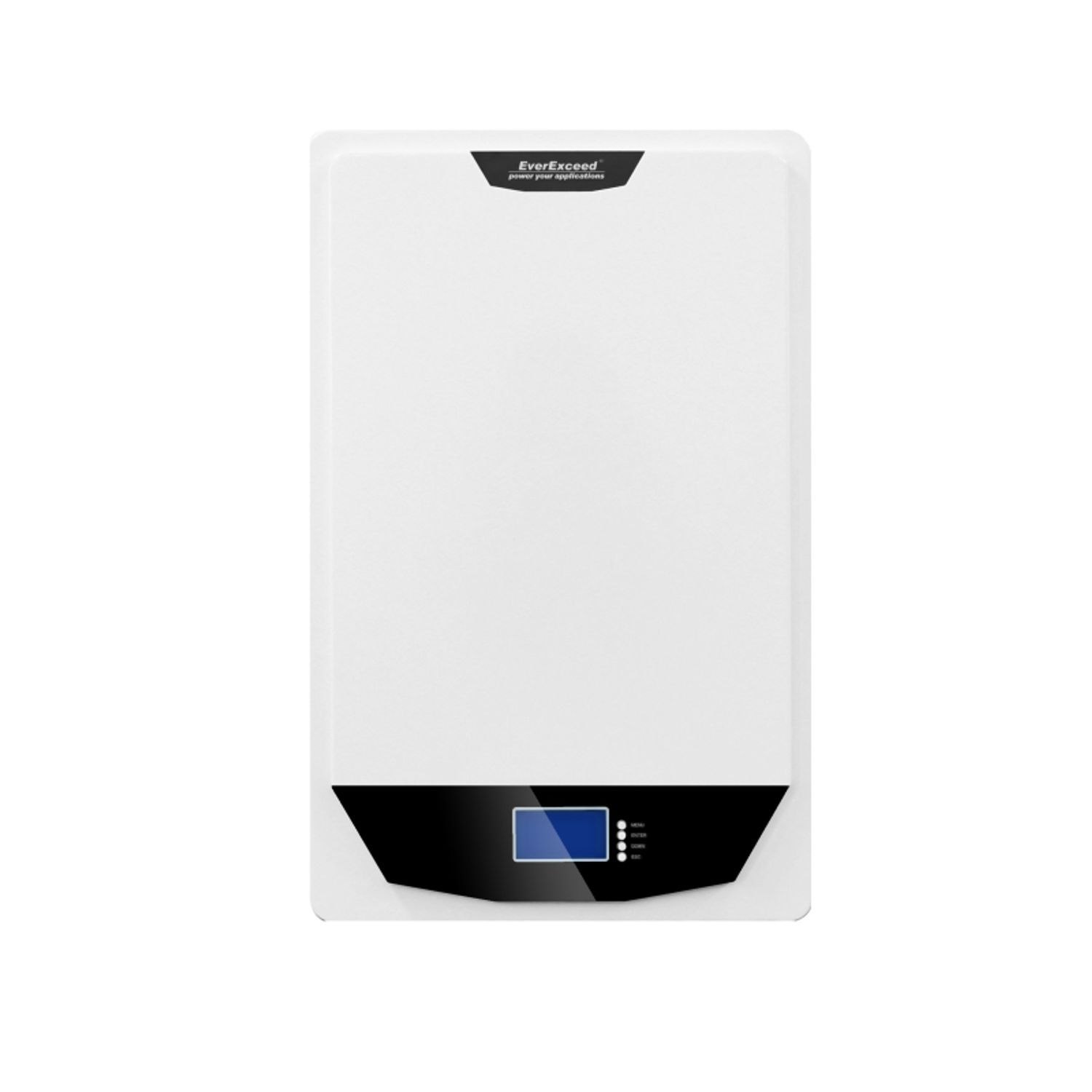
Get a Quote
Does Cold Weather Affect Lithium Batteries?
Lithium batteries have become the preferred choice for powering a wide range of devices, from smartphones to electric vehicles. Their high energy density, long cycle life, and lightweight design make them ideal for modern technology. However, one common concern is how cold weather affects lithium batteries. As winter approaches, understanding the impact of low temperatures on these batteries is crucial, especially when it comes to charging lithium batteries in cold weather or operating lithium batteries below freezing.
How Cold Weather Affects Lithium Batteries
The Science Behind Lithium Batteries and Temperature
Lithium batteries operate efficiently within a specific temperature range, typically between 20°C and 60°C (68°F to 140°F). However, when temperatures drop, especially below freezing, the performance of these batteries can be significantly affected. The primary reason is that low temperatures slow down the chemical reactions inside the battery, reducing its ability to generate power and affecting its overall efficiency.
Impact on Battery Capacity
One of the most noticeable effects of cold weather on lithium batteries is the reduction in capacity. When exposed to temperatures below freezing, the battery's ability to deliver power decreases. This is because the electrolyte inside the battery becomes more viscous, impeding the movement of lithium ions between the electrodes. As a result, the battery's capacity can drop by as much as 20-30% in extremely cold conditions.
This reduction in capacity is particularly concerning for applications that require consistent power output, such as electric vehicles and renewable energy systems. Users of these systems must account for the decreased performance when operating in cold climates.
Challenges with Charging Lithium Batteries in Cold Weather
Charging lithium batteries in cold weather presents its own set of challenges. When the battery's temperature falls below 0°C (32°F), the risk of lithium plating increases. Lithium plating occurs when lithium ions accumulate on the battery's anode instead of being absorbed into the anode material. This can lead to a short circuit, causing permanent damage to the battery and significantly reducing its lifespan.
To prevent lithium plating, many lithium batteries are equipped with built-in temperature sensors that prevent charging when the battery is too cold. However, this safety feature can be inconvenient, especially for users who rely on their devices or vehicles in cold climates.
Best Practices for Using Lithium Batteries in Cold Weather
Preheating the Battery
One effective way to mitigate the effects of cold weather on lithium batteries is to preheat the battery before use or charging. Preheating can be done using specialized battery heaters or by storing the battery in a warm environment before use. By raising the battery's temperature to within its optimal operating range, users can ensure better performance and reduce the risk of damage during charging.
Gradual Charging
When charging lithium batteries in cold weather, it's essential to do so gradually. Fast charging in low temperatures increases the risk of lithium plating, as the ions do not have enough time to be absorbed into the anode material. Slow, gradual charging allows the battery to warm up naturally during the process, reducing the risk of damage.
Using Battery Management Systems (BMS)
Modern lithium batteries are often equipped with a Battery Management System (BMS) that monitors the battery's temperature, voltage, and current. A BMS can help prevent charging when the battery is too cold, ensuring that the charging process only begins when the battery has warmed up sufficiently. This technology is particularly useful in applications where the battery is exposed to fluctuating temperatures, such as in electric vehicles and outdoor equipment.
Insulating the Battery
Insulation can also play a crucial role in protecting lithium batteries from the cold. By insulating the battery, users can prevent rapid temperature drops that could affect performance. Insulated battery cases or wraps are available for this purpose, providing an extra layer of protection in extreme weather conditions.
How Cold Weather Affects Different Types of Lithium Batteries
Lithium-Ion Batteries
Lithium-ion batteries are the most common type of lithium battery used in consumer electronics and electric vehicles. These batteries are particularly sensitive to cold weather, with performance starting to degrade at temperatures below 0°C (32°F). Users of devices powered by lithium-ion batteries should take extra precautions in cold weather, such as storing devices indoors and avoiding charging in freezing conditions.
Lithium Iron Phosphate (LiFePO4) Batteries
Lithium Iron Phosphate (LiFePO4) batteries are known for their stability and long cycle life. However, like all lithium batteries, they are not immune to the effects of cold weather. While LiFePO4 batteries can operate at lower temperatures than lithium-ion batteries, their performance still degrades in cold weather. These batteries are commonly used in applications like solar energy storage and marine systems, where they may be exposed to varying temperatures.
Lithium Polymer (LiPo) Batteries
Lithium Polymer (LiPo) batteries are often used in high-performance applications, such as drones and RC vehicles. These batteries are lightweight and can deliver high power output, but they are also highly susceptible to cold weather. Operating LiPo batteries in freezing temperatures can lead to reduced performance and even battery failure if not managed correctly.
The Importance of Temperature Monitoring
Using Temperature Sensors
Temperature sensors are a critical component in ensuring the safe and efficient operation of lithium batteries in cold weather. These sensors can monitor the battery's temperature in real-time and provide feedback to the Battery Management System (BMS). By integrating temperature sensors into the battery system, users can avoid charging or discharging the battery when it is too cold, thereby preventing potential damage.
Real-Time Monitoring Systems
For applications where battery performance is critical, such as in electric vehicles or renewable energy systems, real-time monitoring systems can provide valuable insights into the battery's condition. These systems can track temperature, voltage, and current, allowing users to make informed decisions about battery use and charging in cold weather.
Real-time monitoring also helps in optimizing battery performance by adjusting charging and discharging parameters based on the current temperature, ensuring that the battery operates within its safe range.
Conclusion
Cold weather undoubtedly affects the performance and lifespan of lithium batteries, with charging lithium batteries in cold weather being one of the most challenging aspects. From reduced capacity to the risk of lithium plating, lithium batteries below freezing face several hurdles that users must navigate carefully.
By understanding the effects of cold weather and implementing best practices such as preheating, gradual charging, and using temperature sensors, users can extend the life of their lithium batteries and maintain optimal performance even in freezing conditions. At EverExceed, we specialize in advanced lithium battery solutions that are designed to withstand harsh environments. Our batteries come equipped with state-of-the-art Battery Management Systems (BMS) and temperature monitoring technology, ensuring safe and reliable operation in all weather conditions. Trust EverExceed to keep your power systems running smoothly, no matter how cold it gets.


